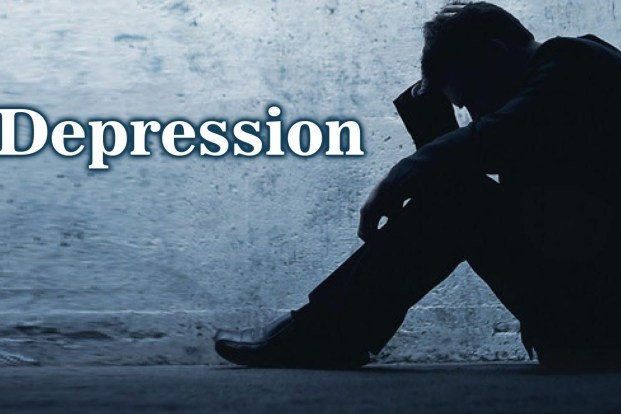Categories
- Bariatric Surgery (11)
- Black Fungus (5)
- Bone Marrow transplant (3)
- Brain Tumor Surgery Navigation Technology (20)
- Cardiac Surgery (66)
- Cardiology (97)
- Computer navigation technology for joint replacements (20)
- Covid Vaccination (17)
- Critical Care (2)
- Dental (19)
- Dermatology (31)
- Dialysis Support Group - “UTSAAH” (11)
- Dietitian (33)
- Emergency Medicine (4)
- Emotional Health (11)
- Endocrinology (33)
- ENT (20)
- Gastroenterology and GI Surgery (53)
- General and Laparoscopic Surgery (21)
- General Surgery (4)
- Gynecology & Obstetrics (183)
- Hematology (20)
- Internal Medicine (294)
- Kidney Transplant (50)
- Kidney Transplantation (20)
- Lung Cancer (8)
- Minimal Invasive Surgery (1)
- Mother & Child (20)
- mucormycosis (5)
- Nephrology (61)
- Neurology (147)
- Neurosurgery (68)
- Nutrition and Dietetics (107)
- Omicron Variant (1)
- Oncology (288)
- Ophthalmology (10)
- Orthopaedics & Joint Replacement (86)
- Paediatrics (59)
- Pediatric Nephrology (3)
- Physiotherapy (5)
- Plastic & Reconstructive Surgery (6)
- Psychiatry and Psychology (90)
- Psychologist (28)
- Pulmonology (72)
- Rheumatology (13)
- Spine Services (21)
- Transradial Angioplasty (16)
- Urology (84)
Query Form
Posted on Apr 19, 2022
Suicide Risk Assessment
Suicide is defined as an act with a fatal outcome that is deliberately initiated and performed by the person in the knowledge or expectation of its fatal out come.
Definitions aside, Suicide, taking one’s own life, is a tragic reaction to stressful life situations or in several cases, the consequence of an untreated mental illness — and all the more tragic because suicide can be prevented.
Suicidal thoughts have many causes. Most often, suicidal thoughts are the result of feeling like one can’t cope when one is faced with what seems to be an overwhelming life situation. If one doesn’t have hope for the future, one may mistakenly think suicide is a solution.

Suicide risk assessment is important in all such situations where hopelessness, helplessness, and thoughts of not wanting to go on anymore have been expressed.
Who should be assessed for suicidal tendencies?
People in high stress – The increase in stress are responsible for an immense rise in psychological consequences like frustration, dissatisfaction, guilt, feelings of failure and rejection.
Psychiatric Disorders – They rank highest among patients who attempt or complete suicide.
Adolescent age group – It is now recognized as one of the most vulnerable population the attempt and complete suicide. With cyber bullying being added to the list of threats adolescents face, the rise in suicide rates is alarming.
History of High Risk – Other high-risk groups includes elderly people, individual history of suicide attempt, history of suicide attempt in the family, high-risk occupational groups who have access to methods to commit suicide like farmers, dealers in pesticides/insecticides/ chemists/ doctors/ firearm dealers etc.
Chronic illness patients – People suffering from chronic illness and those undergoing difficult life situations for prolonged periods of physical and emotional abuse to develop suicidal ideation over a period of time.
Current Suicide risk assessment depends on three main components-
- Suicidal ideation
- Suicidal Intent
- Suicidal Plan
Suicidal ideation refers to thoughts, fantasies, rumination, and preoccupations about death, self-harm and self-inflicted death. The greater the magnitude of suicidal thoughts the higher is the risk of suicide attempt. This may be associated with suicidal intent which refers to the patient’s expectation and commitment to die by suicide. The stronger the intent the higher is the risk. The intent may translate into planning and sourcing items to complete suicide.
Suicide has become a major public health problem. We need to be aware of its reality and act before the suicidal ideation becomes a completed attempt.



